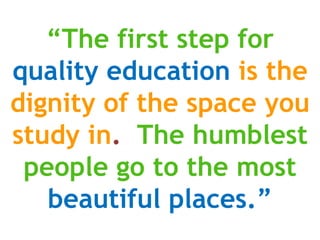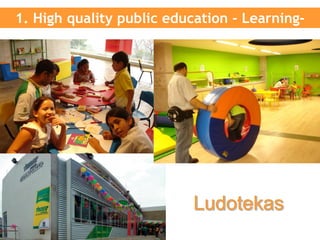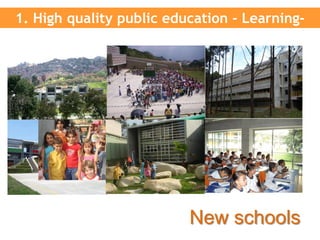The document discusses creative industries and their role in sustainable economic development. Some key points:
- Creative industries such as film, music, and design contribute significantly to GDP and job creation in cities like Buenos Aires.
- They foster social inclusion and development by creating jobs in areas like publishing, visual arts, and performing arts.
- Technologies, rising incomes, and changing consumption patterns are driving global growth in the creative economy and exports of creative goods.
- Creative industries tend to be less dependent on infrastructure and more environmentally friendly than heavy industries. They promote sustainable development.






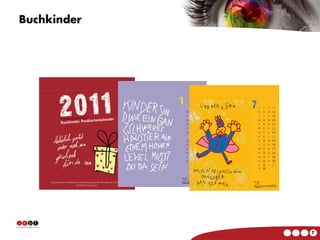










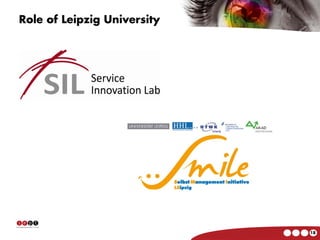

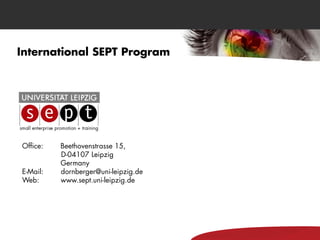



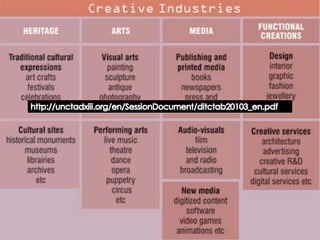














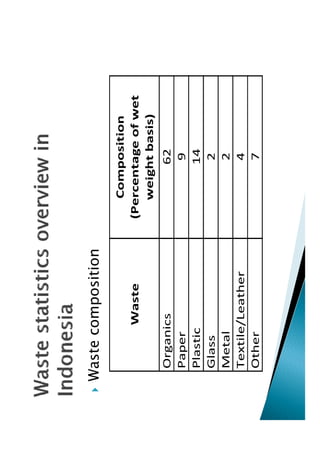
















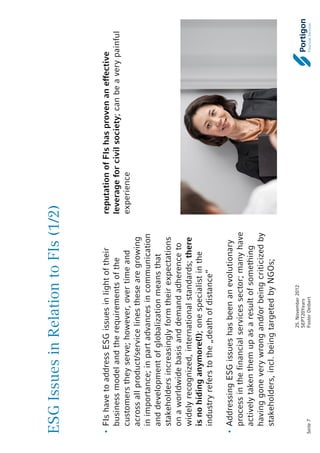



![3UHSDUHG E
+HUPDQ 6RILUL DVLQ
/HLS]LJ 1RYHPEHU](https://image.slidesharecdn.com/leipzig1bis6-121125013606-phpapp02/85/Leipzig-1-bis-6-60-320.jpg)


![COMPETITION MAP
'RZQVL]LQJ %DQNV
0),V 3ULFH
,QWHUHVW 5DWH
06(V
RPSHWLWLYH DGYDQWDJH
3URGXFW RQYHQLHQW
3URFHVV OLHQW 6HUYLFH
(85
SHU (YHQW
3URPRWLRQDO %XGJHW
(85
SHU HDU
%DQNV 0),V
+80$1 6(59,(6 $ $6( 678' 2) ,1'21(6,$1
0,52),1$1( 6(725](https://image.slidesharecdn.com/leipzig1bis6-121125013606-phpapp02/85/Leipzig-1-bis-6-63-320.jpg)


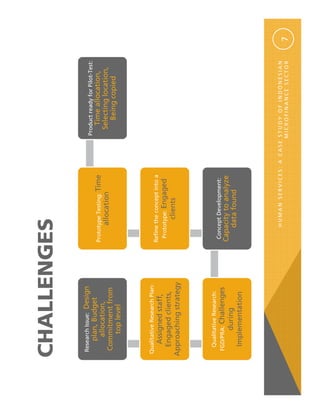
![CHALLENGES
5HVHDUFK ,VVXH
'HVLJQ 3URGXFW UHDG IRU 3LORW7HVW
SODQ %XGJHW 7LPH DOORFDWLRQ
3URWRWSH 7HVWLQJ 7LPH
DOORFDWLRQ 6HOHFWLQJ ORFDWLRQ
DOORFDWLRQ
RPPLWPHQW IURP %HLQJ FRSLHG
WRS OHYHO
4XDOLWDWLYH 5HVHDUFK 3ODQ
5HILQH WKH FRQFHSW LQWR D
$VVLJQHG VWDII
3URWRWSH (QJDJHG
(QJDJHG FOLHQWV
FOLHQWV
$SSURDFKLQJ VWUDWHJ
4XDOLWDWLYH 5HVHDUFK
RQFHSW 'HYHORSPHQW
)*'35$ KDOOHQJHV
DSDFLW WR DQDO]H
GXULQJ GDWD IRXQG
,PSOHPHQWDWLRQ
+80$1 6(59,(6 $ $6( 678' 2) ,1'21(6,$1
0,52),1$1( 6(725](https://image.slidesharecdn.com/leipzig1bis6-121125013606-phpapp02/85/Leipzig-1-bis-6-67-320.jpg)








